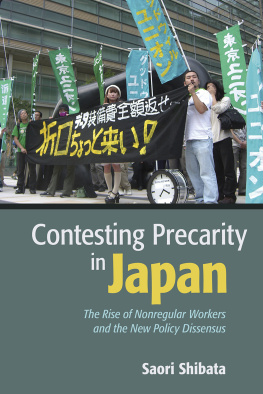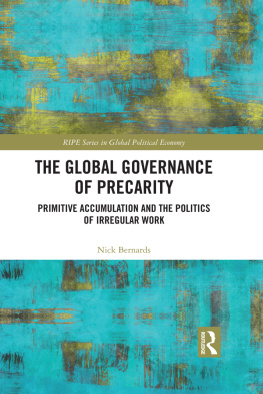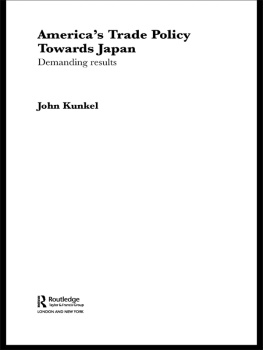Saori Shibata - Contesting Precarity in Japan: The Rise of Nonregular Workers and the New Policy Dissensus
Here you can read online Saori Shibata - Contesting Precarity in Japan: The Rise of Nonregular Workers and the New Policy Dissensus full text of the book (entire story) in english for free. Download pdf and epub, get meaning, cover and reviews about this ebook. year: 2020, publisher: ILR Press, genre: Politics. Description of the work, (preface) as well as reviews are available. Best literature library LitArk.com created for fans of good reading and offers a wide selection of genres:
Romance novel
Science fiction
Adventure
Detective
Science
History
Home and family
Prose
Art
Politics
Computer
Non-fiction
Religion
Business
Children
Humor
Choose a favorite category and find really read worthwhile books. Enjoy immersion in the world of imagination, feel the emotions of the characters or learn something new for yourself, make an fascinating discovery.
- Book:Contesting Precarity in Japan: The Rise of Nonregular Workers and the New Policy Dissensus
- Author:
- Publisher:ILR Press
- Genre:
- Year:2020
- Rating:3 / 5
- Favourites:Add to favourites
- Your mark:
- 60
- 1
- 2
- 3
- 4
- 5
Contesting Precarity in Japan: The Rise of Nonregular Workers and the New Policy Dissensus: summary, description and annotation
We offer to read an annotation, description, summary or preface (depends on what the author of the book "Contesting Precarity in Japan: The Rise of Nonregular Workers and the New Policy Dissensus" wrote himself). If you haven't found the necessary information about the book — write in the comments, we will try to find it.
Saori Shibata: author's other books
Who wrote Contesting Precarity in Japan: The Rise of Nonregular Workers and the New Policy Dissensus? Find out the surname, the name of the author of the book and a list of all author's works by series.
Contesting Precarity in Japan: The Rise of Nonregular Workers and the New Policy Dissensus — read online for free the complete book (whole text) full work
Below is the text of the book, divided by pages. System saving the place of the last page read, allows you to conveniently read the book "Contesting Precarity in Japan: The Rise of Nonregular Workers and the New Policy Dissensus" online for free, without having to search again every time where you left off. Put a bookmark, and you can go to the page where you finished reading at any time.
Font size:
Interval:
Bookmark:
ACW2 | Action Center for Working Women |
DPJ | Democratic Party of Japan |
GDP | gross domestic product |
HTS | Hankyu Travel Support |
JA | Japan Agricultural Cooperative |
JA-Zenchu | Central Union of Agricultural Cooperatives |
LDP | Liberal Democratic Party of Japan |
MHLW | Ministry of Health, Labor, and Welfare |
NEETs | Not in education, employed, or in training |
NPO | Nonprofit organization |
SCAP | Supreme Commander for the Allied Powers |
SME | Small and medium-size enterprise |
TMG | Tokyo Metropolitan Government |
TPP | Trans-Pacific Partnership |
VoC | Varieties of Capitalism |
WDL | Worker Dispatch Law |
WUT | Womens Union Tokyo |
Font size:
Interval:
Bookmark:
Similar books «Contesting Precarity in Japan: The Rise of Nonregular Workers and the New Policy Dissensus»
Look at similar books to Contesting Precarity in Japan: The Rise of Nonregular Workers and the New Policy Dissensus. We have selected literature similar in name and meaning in the hope of providing readers with more options to find new, interesting, not yet read works.
Discussion, reviews of the book Contesting Precarity in Japan: The Rise of Nonregular Workers and the New Policy Dissensus and just readers' own opinions. Leave your comments, write what you think about the work, its meaning or the main characters. Specify what exactly you liked and what you didn't like, and why you think so.











